[vc_row][vc_column][vc_column_text]
The Cycle of Great Wildebeest Migration
The Great Wildebeest Migration in the Serengeti is one of Earth’s most awe-inspiring wildlife spectacles. It’s a year-round journey, and each month brings its own unique experiences as millions of wildebeests, zebras, and other animals move in search of food and water. Let’s explore this remarkable phenomenon month by month and where you can witness it:
January – March
At the beginning of the year, the migration is concentrated in Ndutu the southern Serengeti, and the Ngorongoro Conservation Area. This is the calving season when hundreds of thousands of wildebeest give birth to their young. The calving season in Ndutu, within the southern Serengeti, is primarily due to the rich, nutrient-packed grasses available in January and February. These lush pastures provide an ideal setting for wildbeests to give birth. Abundant food ensures lactating mothers can produce ample milk for their calves, and Ndutu’s flat terrain aids in protecting vulnerable newborns from predators. Perhaps calves are born in large numbers during January and February, making it a prime time for predatory activity as they target vulnerable newborns. Predators like lions, cheetahs, and hyenas are often in abundance during this period, as they prey on vulnerable newborns.
Witnessing the adorable wildebeest calves taking their first steps is a heartwarming experience.
April – May
As the rains subside, the herds start their journey northward. By April, they begin crossing the Seronera River, providing fantastic opportunities for dramatic river crossings. The lush green plains are alive with activity, and the landscapes are beautifully refreshed. The herds move through the central Serengeti during these months. The herds are crossing rivers and navigating the terrain as they move towards the Grumeti River in the west.
June – Jul
From the end of June, the migration reaches the western corridor of the Serengeti. This is the time when the wildebeests and zebras must traverse the Grumeti River, where enormous crocodiles await their arrival. The river crossings can be quite intense, with the crocs lurking beneath the surface. Safari enthusiasts flock to the western Serengeti during this period to witness these thrilling events.
The sight of thousands of animals making this perilous journey is both thrilling and perilous.
August
By August, the herds are in the northern Serengeti and are preparing for the most famous part of their journey – crossing the Mara River into Kenya’s Maasai Mara National Reserve. The Mara River crossings are a wildlife spectacle like no other, with enormous
snapping at wildebeests and zebras as they leap into the river. The dramatic struggles and triumphs of these animals are the stuff of wildlife documentaries.
September
September holds special significance in the Great Wildebeest Migration as it’s when the herds begin their return journey from the northern Serengeti and Maasai Mara back towards the southern Serengeti. This period offers excellent wildlife viewing opportunities as the predators remain active in pursuit of prey. The vast herds crossing the plains make for impressive sights, and the landscape is dotted with thrilling predator-prey interactions. September provides a chance to witness the migration’s transition, and the spectacle can be observed in various parts of the Serengeti, including the northern plains and the early stages of their journey southward, making it a captivating time for safari enthusiasts and photographers.
October – November
In October, the herds begin their return journey to the southern Serengeti. They traverse the perilous Mara River once more as they head back south. This time, the crocodile-infested waters are not as daunting as earlier in the year, but the crossings are still filled with action and tension.
December
As the year comes to a close, the herds return to the southern plains of the Serengeti, where the cycle begins anew. The lush grazing lands are once again the center of attention as the wildebeests and zebras prepare for another birthing season.
In conclusion, to witness the Great Wildebeest Migration, you can explore various regions of the Serengeti and Maasai Mara throughout the year. Depending on the specific phase of the migration, you can choose between the southern plains, central Serengeti, western corridor, northern Serengeti, or the Maasai Mara in Kenya. Each location offers a unique perspective on this remarkable natural phenomenon, making it a once-in-a-lifetime experience for wildlife enthusiasts and photographers alike.
Are you excited to plan the safari of your dreams to see the Wildebeest migration? Go ahead we are here to help you.
[/vc_column_text][/vc_column][/vc_row]

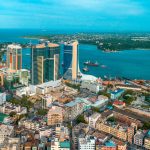




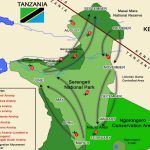






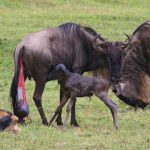
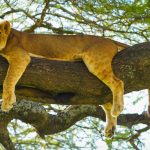
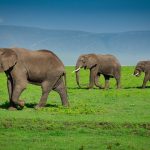
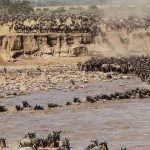

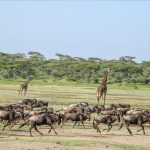


I simply could not go away your web site prior to suggesting that I really enjoyed the standard info a person supply on your guests Is going to be back incessantly to investigate crosscheck new posts
Thank you for taking the time to read our blog post! We’re thrilled to see your interest in our content. We invite you to stay tuned for more insightful posts in the future. For an unforgettable safari experience, don’t hesitate to book with Mateys Wild Tours. We look forward to welcoming you on an adventure of a lifetime! getintouch with us WhatsApp +255 692 706 078